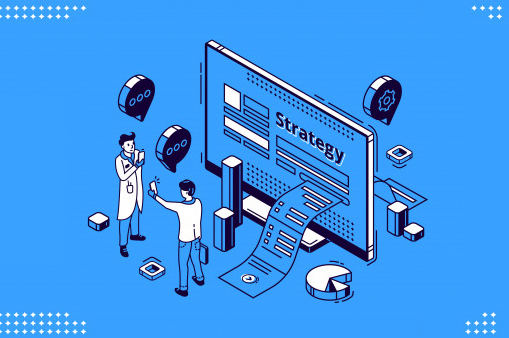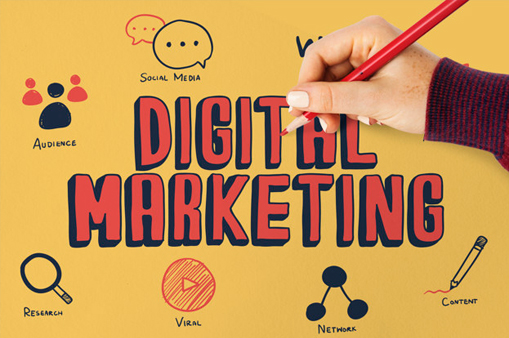Studies show that 69% of customers are willing to continue purchasing from a brand they trust, even if a competitor offers a perceivably better alternative. One way to increase customer trust in your brand is to display your expertise in the field.
Thought leadership content goes a long way in convincing prospects about your expertise and your brand values. In the B2B setting, it’s been found that companies spend up to 3 hours each week perusing thought leadership articles from potential suppliers when evaluating their bids.
So, if you wish to get business from your clients, you must invest time and effort in creating thought leadership articles. Here, we look at some of the key strategies you need to follow, to create compelling thought leadership content:
1. Personalize based on the voice of the audience
Not every audience prefers formal, business-like content. Similarly, an article using slangs only works well with a particular age group. To create effective thought leadership content, you need to personalize each content piece to meet the intended audience’s voice. Read through some of the material that the audience has rated very well and mimic the language/voice.

2. Make an emotional appeal
Emotions can endear your brand to your prospects and make you very memorable. Especially if they are happy emotions. To make your content emotional:
• Create a character for the brand that is relatable to the reader.
• Explain the holistic benefits of the product or service in-depth.
• Be evocative when describing the surroundings or experiences.

3. Include data that readers will be interested in
While data & statistics are great even for B2C buyers, B2B companies, in particular, respond really favorably to data.
The types of data you should ideally include are:
• Product benefit data (cost savings, increase in the number of leads, faster ROI, etc.)
• Product transformations (how using this particular product will change and improve the end result of the product/service the B2B company is creating)
• Usage rate (purchase rate, reputation, reviews, etc. associated with the product/brand)

4. Introduce questions in the audience’s minds
Thought leadership articles are meant to educate, entertain and influence readers to contact you. One way to do this is to address questions that readers want answers to (for example, Pipedrive’s How to Get Your Sales Team to Adopt a Sales Process) or a question they haven’t asked yet because they didn’t know it was possible (like Txchnologist’s Smart Pill Capsule Could Represent Future of Drug Delivery).

Be sure to include a variety of content formats like infographics, videos and podcasts in your content.